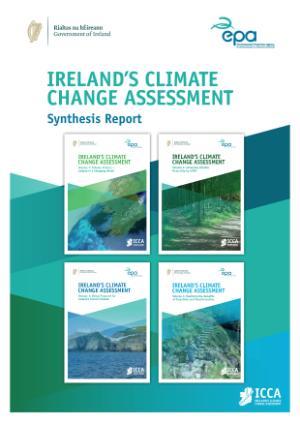The EPA's Monitoring and Assessment Role
The EPA monitors environmental pollutants and radiation to assess the impact on the environment and human health. Monitoring is undertaken across a broad range of thematic areas to provide a reliable and meaningful assessment of our environment. Information is made available to the public, stakeholders and policymakers to help them make informed decisions.
Check out what's happening, what's being done and the action you can take to improve the quality of your environment.




